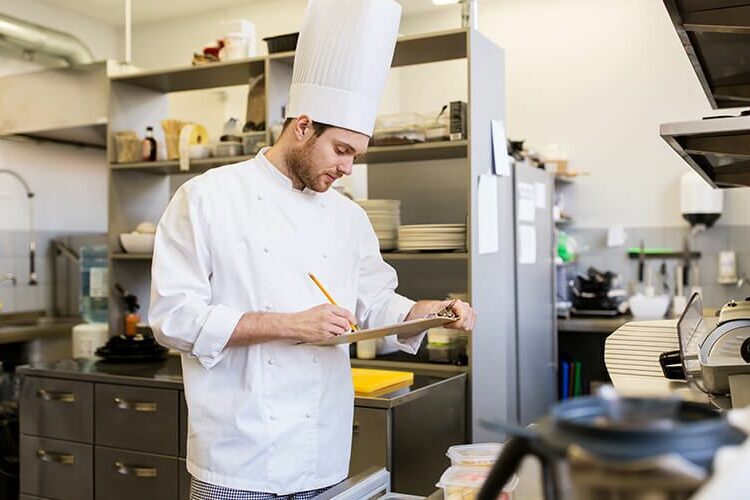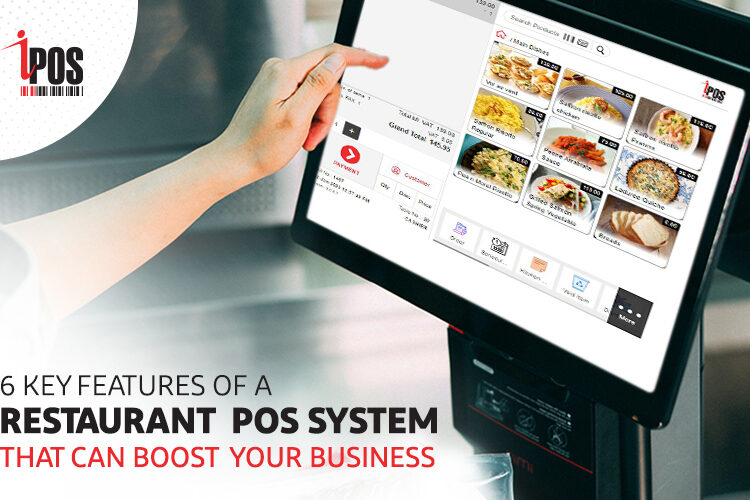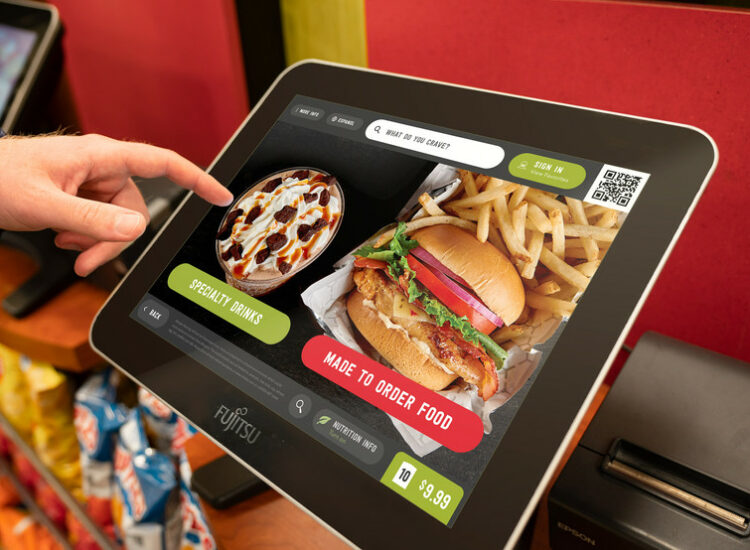Sustainability is a key concept in the restaurant industry, and it goes beyond just being environmentally friendly. It also includes managing resources, reducing waste, and creating a positive impact on society and the local community. However, many restaurants struggle to maintain profitability while implementing sustainable practices.
Toc
- 1. Introduction to Restaurant Profit Margins
- 2. The Balancing Act: Sustainability and Profitability
- 3. Cost-Effective Sustainability Strategies for Restaurants
- 4. Related articles 01:
- 5. Strategies for Reducing Operational Costs through Sustainability Initiatives
- 6. Factors Influencing Restaurant Profit Margins
- 7. Strategies for Improving Profit Margins
- 8. Related articles 02:
- 9. Real-Life Examples of Successful Profit Margin Improvement
- 10. Conclusion
In this guide, we will explore the path to achieving sustainable profit margins for your restaurant. We will discuss ways to balance sustainability with profitability, strategies for reducing operational costs through sustainability initiatives, and tips for promoting your sustainable efforts to attract customers.
Introduction to Restaurant Profit Margins

In the competitive world of the restaurant industry, maintaining a healthy profit margin is crucial for long-term success. For small business owners, understanding and managing restaurant profit margins can mean the difference between thriving and merely surviving. This article aims to provide practical guidance on understanding, improving, and maintaining restaurant profit margins.
What is Profit Margin?
Profit margin is a financial metric that represents the percentage of revenue that exceeds the costs of running a restaurant. In simpler terms, it’s the amount of money a restaurant retains as profit after covering all its expenses. Profit margin is crucial because it directly impacts the financial health and sustainability of a restaurant.
Average Profit Margins for Different Types of Restaurants
- Fast Food Restaurants: Typically have profit margins ranging from 6% to 9% due to high volume and lower operational costs.
- Fine Dining Restaurants: These establishments often have lower profit margins, around 3% to 5%, due to higher labor and food costs.
- Cafes and Casual Dining: Usually see profit margins between 5% and 8%, balancing between volume and operational expenses.
- Food Trucks: Profit margins for food trucks can vary greatly depending on location, menu, and operating costs. On average, they tend to have profit margins between 5% and 10%.
The Balancing Act: Sustainability and Profitability

Many restaurant owners struggle with finding the right balance between sustainability initiatives and profitability. While it may seem like these two goals are at odds, implementing sustainable practices can actually contribute to long-term profitability. Here’s how:
Cost Savings through Resource Management
Sustainability is all about managing resources efficiently. By reducing energy and water consumption, minimizing waste, and sourcing ingredients locally, restaurants can significantly lower their operational costs in the long run. For example, investing in energy-efficient appliances and LED lighting can lead to substantial savings on utility bills. Similarly, implementing proper waste management practices can reduce the cost of waste disposal.
Attracting Sustainable-Conscious Customers
In today’s socially conscious environment, more and more customers are actively seeking out businesses that prioritize sustainability. By promoting your restaurant’s sustainable efforts, you can attract a loyal customer base who values these initiatives and is willing to pay a premium for sustainably sourced food. This not only increases revenue but also improves brand reputation and customer loyalty.
Tax Incentives and Grants
In some cases, implementing sustainable practices can lead to tax incentives or grants from the government. For example, restaurants that use renewable energy sources may be eligible for tax credits or rebates. Additionally, many local governments offer grants to businesses that adopt sustainable practices, such as composting programs or community gardens.
Cost-Effective Sustainability Strategies for Restaurants

Sustainability doesn’t have to be expensive. Here are some cost-effective strategies that restaurants can implement to reduce operational costs while also being environmentally friendly:
Reduce Water Usage
Water is a vital resource in the restaurant industry, and finding ways to minimize usage can lead to significant cost savings. One effective strategy is to install low-flow faucets and toilets, which can drastically cut down on water consumption without sacrificing performance. Additionally, restaurants can implement practices such as reusing greywater for irrigation and regularly checking for leaks to prevent waste. Staff training on efficient water use—such as only running dishwashers when full—can also contribute to reduced water expenses. By adopting these practices, restaurants not only save money but also demonstrate their commitment to sustainability, enhancing their appeal to environmentally conscious customers.
Implementing a Sustainable Sourcing Policy
Sourcing ingredients responsibly is another cornerstone of a sustainable restaurant strategy. Establishing a sustainable sourcing policy can help restaurants select suppliers who prioritize environmental stewardship, fair labour practices, and local economies. This not only supports the local community but also often leads to fresher ingredients, which can enhance menu quality. Taking the time to develop relationships with local farmers and producers can ensure a steady supply of seasonal ingredients while reducing transportation costs and carbon footprint. With careful planning, sustainable sourcing can align with profit goals, benefiting both the restaurant and the environment.
Optimizing Menu Offerings
Another way to drive sustainability while maintaining profit margins is by optimizing menu offerings. Restaurants can focus on featuring dishes that utilize in-season ingredients, which are often less expensive and at their peak quality. Additionally, offering vegetarian or plant-based options can reduce meat sourcing costs, which are typically higher. By periodically reviewing the menu and eliminating underperforming dishes, restaurants can streamline their offerings and reduce food waste, ultimately contributing to improved profitability and sustainability.
1. https://sheetzmenu.xyz/mmoga-the-ultimate-guide-to-restaurant-furniture-for-restaurant-owners/
2. https://sheetzmenu.xyz/mmoga-maintaining-high-standards-a-guide-to-restaurant-health-scores/
3. https://sheetzmenu.xyz/mmoga-choosing-the-perfect-restaurant-pos-a-comprehensive-guide/
Strategies for Reducing Operational Costs through Sustainability Initiatives
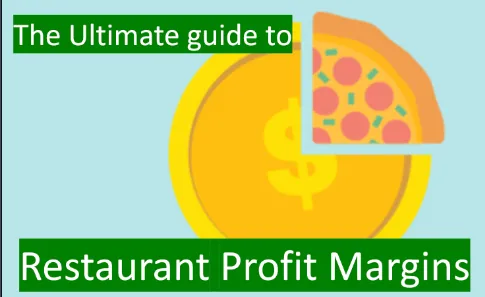
Implementing sustainable practices doesn’t have to break the bank. In fact, there are many affordable ways for restaurants to reduce operational costs while also being environmentally responsible. Here are a few ideas:
Going Paperless
Eliminating paper waste is not only good for the environment but can also save money on printing and storage costs. By transitioning to digital menus, invoices, and receipts, restaurants can cut down on paper usage while streamlining operations. Additionally, using email or social media for marketing efforts instead of traditional print materials can lead to significant cost savings.
Energy Efficiency Upgrades
Energy-efficient upgrades may require an initial investment, but they often lead to long-term cost savings. Switching to energy-efficient lighting, investing in efficient appliances, and incorporating natural light through skylights or windows can significantly reduce energy consumption and lower utility bills. Additionally, implementing an energy management system can help monitor energy usage and identify areas for improvement.
Adopting Waste Management Practices
Improper waste management can lead to unnecessary expenses for restaurants. By implementing recycling programs, composting food waste, and using biodegradable packaging materials, restaurants can reduce the cost of waste disposal while also benefiting the environment. Regularly training staff on proper waste sorting and disposal practices is vital in ensuring these initiatives are successful.
Factors Influencing Restaurant Profit Margins

Several factors significantly influence profit margins in the restaurant industry:
Food Costs
Food costs represent one of the most significant expenses for restaurants, often accounting for a large percentage of overall operating costs. To manage food costs effectively, restaurants must closely monitor inventory, utilize portion control, and minimize food waste. Implementing a robust inventory management system can help track ingredient usage, prevent over-ordering, and reduce spoilage. Additionally, by leveraging seasonal ingredients and adjusting menu prices accordingly, restaurants can ensure that they are maximizing profitability while maintaining high-quality offerings.
Labour Costs
Labour costs also play a crucial role in determining profit margins. Efficient scheduling, cross-training staff, and optimizing workflows can help mitigate these expenses. Restaurants can implement technology solutions, such as point-of-sale systems, to streamline operations and reduce the time staff spend on tasks like order taking and payment processing. By focusing on employee retention and satisfaction, restaurants can lower turnover rates, subsequently cutting recruitment and training costs.
Overhead Costs
Overhead costs encompass expenses such as rent, utilities, and insurance, which can significantly impact profitability. To manage these costs, restaurants might consider negotiating lease agreements, exploring alternative energy sources, or implementing energy-saving measures. Participating in government programs or community initiatives that provide financial assistance can also be a viable option. Lastly, regular analysis of overhead costs can identify areas for potential savings, helping to improve overall financial performance.
By addressing food, labour, and overhead costs through strategic planning and sustainable practices, restaurants can enhance their profit margins while reinforcing their commitment to environmentally responsible operations.
Strategies for Improving Profit Margins
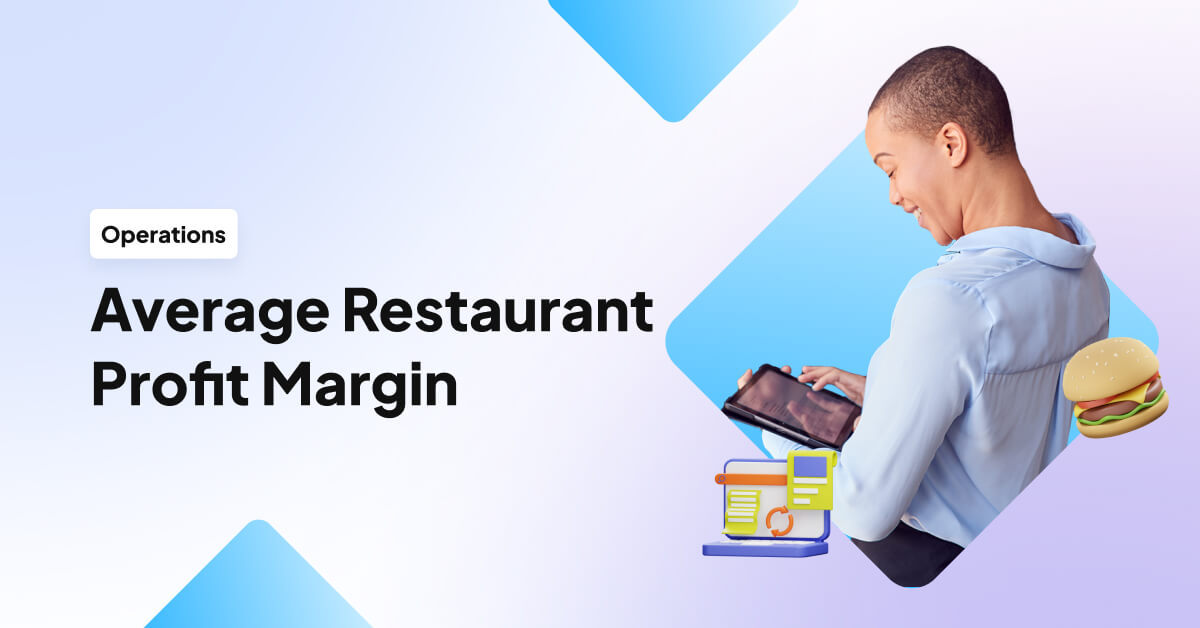
Improving restaurant profit margins requires strategic planning and execution. Here are some effective strategies:
Menu engineering involves analyzing the profitability and popularity of menu items and making adjustments to maximize profit margins. Here are a few tips:
- Highlight high-margin items on the menu.
- Remove or reprice low-margin items.
- Introduce new items that complement high-margin dishes.
By implementing menu engineering techniques, restaurants can effectively optimize their offerings and improve profitability.
Cost Control Measures
Implementing cost control measures can help restaurants reduce expenses without compromising on quality. Here are a few cost-saving strategies:
1. https://sheetzmenu.xyz/mmoga-the-ultimate-guide-to-restaurant-furniture-for-restaurant-owners/
2. https://sheetzmenu.xyz/mmoga-choosing-the-perfect-restaurant-pos-a-comprehensive-guide/
3. https://sheetzmenu.xyz/mmoga-maintaining-high-standards-a-guide-to-restaurant-health-scores/
- Reduce food waste through proper inventory management and portion control.
- Negotiate prices with suppliers to get the best deals.
- Utilize technology solutions, such as point-of-sale systems, to streamline operations and save time.
These measures can significantly impact profit margins by minimizing costs while maintaining high-quality standards.
Leveraging Technology
Technology solutions not only streamline operations but also provide valuable insights for improving efficiency and identifying areas for cost savings. For example:
- Inventory management systems help track ingredient usage and prevent over-ordering.
- Point-of-sale systems can provide data on sales and customer preferences, helping with menu engineering efforts.
By leveraging technology, restaurants can optimize their operations and make data-driven decisions to improve profitability.
Revenue Generation
Increasing revenue is another way to boost profit margins:
- Innovative Promotions: Offer special deals, loyalty programs, and seasonal promotions to attract more customers.
- Upselling: Train staff to upsell high-margin items and add-ons.
- Diversification of Services: Introduce catering, delivery, and takeout services to reach a broader audience.
Real-Life Examples of Successful Profit Margin Improvement

Numerous restaurants have effectively implemented strategies to enhance their profit margins, demonstrating the impact of thoughtful planning and operational adjustments.
Case Study 1: The Local Bistro
The Local Bistro, a popular neighbourhood eatery, faced challenges with rising food costs. By embracing menu engineering, they focused on seasonal ingredients and successfully rotated menu items to include those that were both popular and high-margin. Additionally, they implemented a robust inventory management system that helped reduce waste by 20%. As a result, their overall profit margins increased by 15% within a year.
Case Study 2: Café Green
Café Green, an environmentally conscious café, recognised the burden of high overhead costs. By negotiating their rent and adopting energy-efficient practices, including solar panels and LED lighting, they significantly lowered their utility bills. Coupled with a waste reduction strategy that involved composting and recycling, Café Green saw an overall cost reduction of 25%, allowing them to reinvest in their business and expand their menu offerings.
Case Study 3: Gourmet Pizzeria
Gourmet Pizzeria capitalised on technology to boost their profit margins. By incorporating a modern point-of-sale system, they gathered valuable data on customer preferences and inventory needs. This information allowed them to introduce targeted promotions, which increased their sales of high-margin pizza and beverage pairings. Through these efforts, the pizzeria saw a substantial 30% increase in their profit margins within six months.
These examples illustrate that by leveraging operational efficiencies, strategic menu adjustments, and embracing technology, restaurants can successfully improve their financial performance while fostering customer loyalty and enhancing their overall service quality.
Conclusion
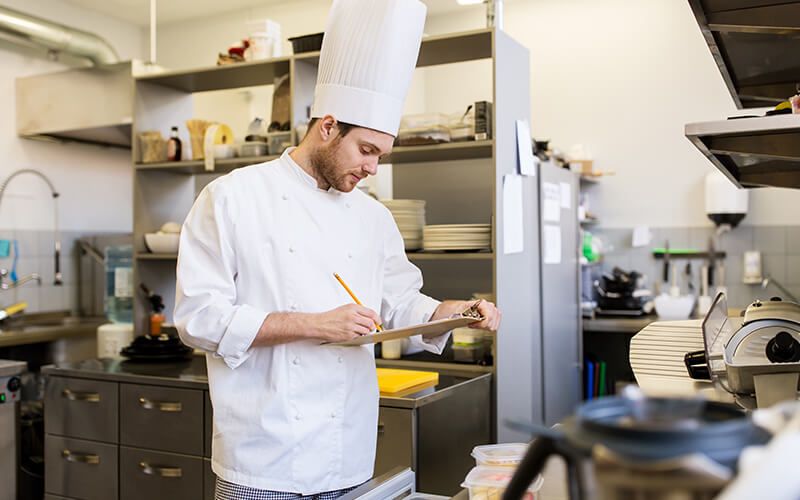
In conclusion, effectively managing food, labour, and overhead costs is crucial for restaurants striving to improve their profit margins. By implementing strategic initiatives such as menu engineering, cost control measures, and leveraging technology, restaurants can not only enhance operational efficiency but also increase revenue through innovative promotions and upselling techniques. Learning from real-life examples like “The Perfect Plate,” “Sizzle & Spice,” and “Café Serenade” highlights the tangible benefits these strategies can yield when executed successfully. Ultimately, a focus on sustainable practices combined with smart financial management will enable restaurants to thrive in a competitive marketplace while delivering quality experiences to their customers.
Data Sources and Statistics on Profit Margins: To back up your strategies and decisions, it’s vital to rely on reliable data sources. Here are some recommended sources:
- National Restaurant Association (restaurant.org)
- Restaurant Business Magazine (restaurantbusinessonline.com)
- Statista (statista.com)

